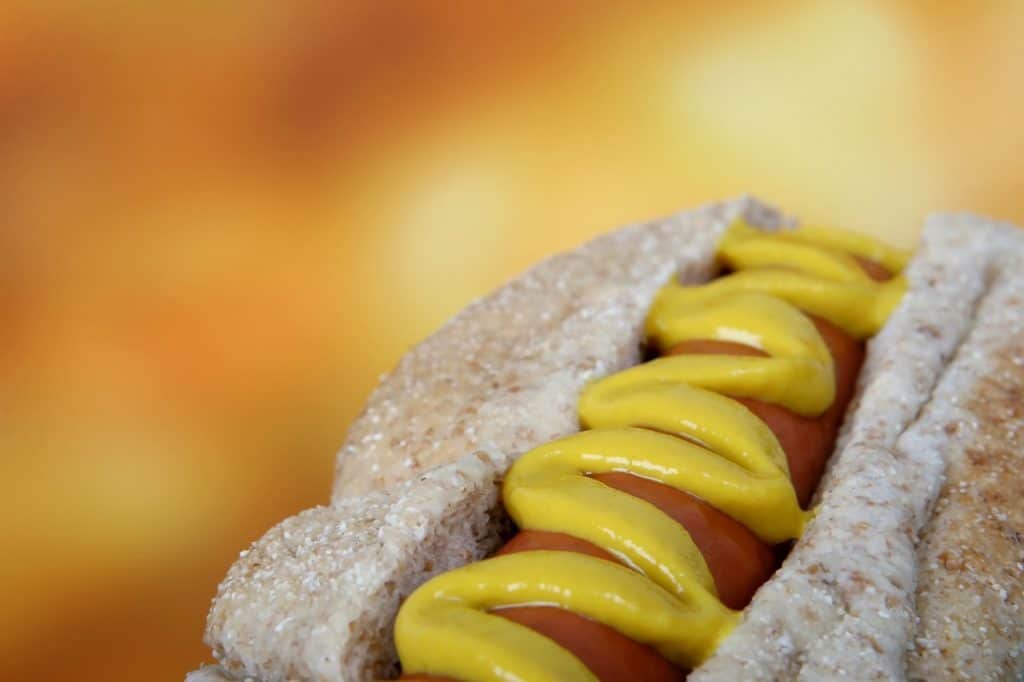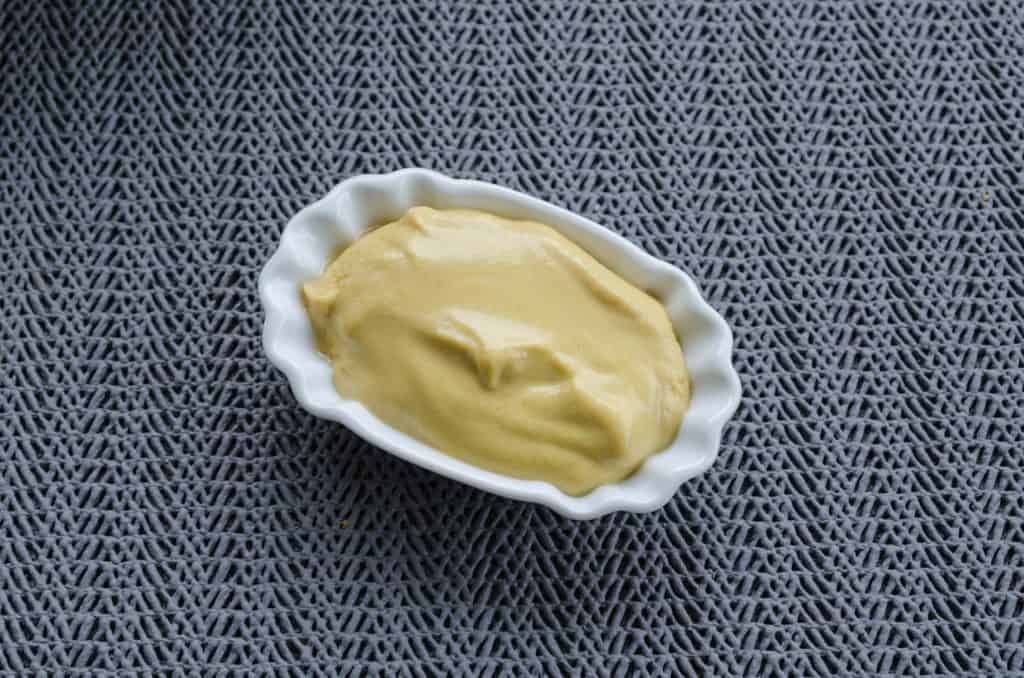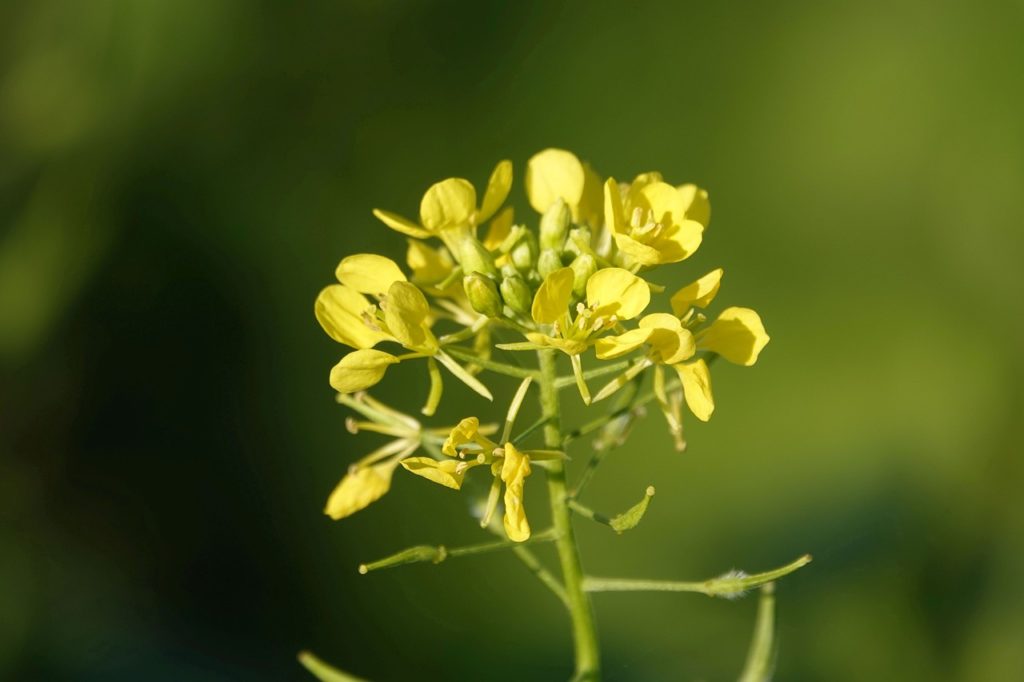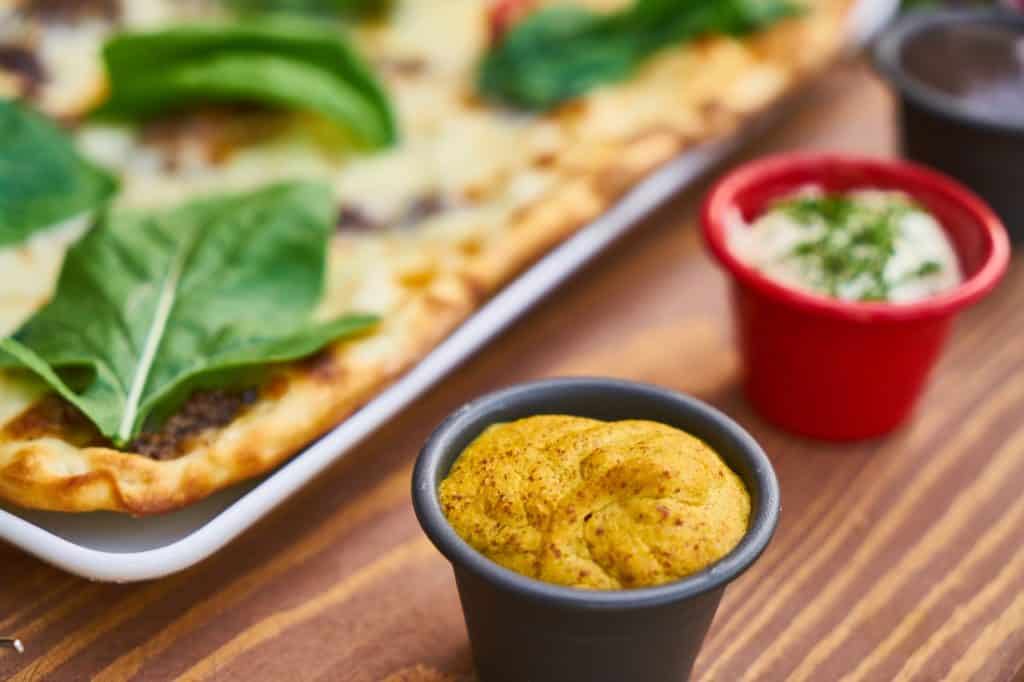Common uses of mustard are:
- cracked and used as a seasoning or pickling spice
- powdered for use in dishes and rubs
- prepared as a condiment for sandwiches and dishes
- oil to add to dishes as well
Pardon me

Mustard made its pasty way to American in the 1700s. People enjoyed a spicy, strong brown mustard and it was used sparingly. Some mustard company facts: Gulden’s(1862), Plochman’s (1882), and French’s (1904). These mustards were some of the “main squeeze” of Mustardville.
French’s inventors began their mustard career along with flour milling and spice venture. Taking mustard to a whole new level, one of the French brothers, Francis, sought a different kind of mustard, something creamy, yellow and milder.
This mild yellow mustard by French’s was hoping to become the main ingredient in egg salad and potato salad. French’s became a “hit” at local baseball parks on top of the ballpark hot dog. French’s success had it outselling their competition 5-1. It ingeniously incorporated the Wrigley Field pennant onto its logo- bet that didn’t hurt sales!
Keeping up with the Joneses

As will all success and being “top dog”, you have to “stay on your game” and keep evolving. Unfortunately, French’s didn’t see the value in plastic squeeze bottles and Plochman’s “put the squeeze” on the mustard market with their mustard in plastic squeeze bottles.
From the mid-1970s and on, mustard expanded into several gourmet mustards giving the world a taste in just about every country. Mustard “dabbed” into food lore at a museum in Mt. Horeb Wisconsin in 1992 by Barry Levenson. Mr. Levenson was the Wisconsin Assistant Attorney General at the time.
In the year 2000, the current Mustard Museum was outgrowing its current space. Moving across the road to a larger facility helped the Mustard Museum expand. Attracting all sorts of media attention, the Mustard Museum has been visited by:
- The Oprah Winfrey Show
- The Food Network
- HGTV’s The Good Life
- Jeopardy!
- Several pages of national magazines & newspapers
- Radio shows
In 2009 the Mustard Museum moved to Middleton, Wisconsin it’s current home.
Grown and made

Mustard grows well in the temperate climates of Canada, Hungary, India, the United Kingdom, and the United States. The USA is by far the largest consumer of mustard.
Once the mustard plant is ready to have the seeds harvested, the seeds are gathered and then crushed according to the desired consistency. Then a cold liquid like beer, verjus, vinegar, water, or wine is added.
Different salts and spices are added to give the mustard a specialty taste. Some mustards go through a simmering and cooling process to remove the “bite” while others are stored in large containers.
Tasty and good for you
Besides a wonderful variety of tastes, the mustard seed nutrients have been shown to prevent the growth of cancer cells in the stomach and colon. The seeds contain selenium, which reduces the severity of asthma and rheumatoid arthritis. Magnesium, another component in the mustard seed, may help reduce high blood pressure and the frequency of migraines.
Mustard fun facts
Here are some fun facts and trivia according to The Nibble:
- More than 700 million pounds of mustard are consumed worldwide each year.
- Mustard is the second most-used spice in the U.S., following peppercorns. Pope John XXII was so fond of mustard that he created a new Vatican position—grand moutardier du pape (grand mustard-maker to the pope)—and promptly filled the post with his nephew.
- National Mustard Day is August 1st.
- In one year at New York’s Yankee Stadium, more than 1,600 gallons plus 2,000,000 individual packets of mustard are consumed.
Get your mustard on!

Below are some fun websites to check out in case you’d like to make your own mustard:
- https://www.instructables.com/id/How-to-make-you-own-mustard/
- https://www.wikihow.com/Make-Mustard-from-Scratch
- https://www.thepioneerwoman.com/food-cooking/recipes/a85934/how-to-make-mustard/
- https://www.youtube.com/watch?v=0kWCZJdQsNE
Well, friends, it’s been great fun to share some mustard facts with history with you. I hope you enjoyed our fun little tour and I look forward to keeping you informed on food minutiae. Makes for wonderful coffee clutch discussions! Till next time, here is to good food, good friends, and a wonderfully good and free life.
RESOURCES:
- https://mustardmuseum.com/the-mustard-museum/history-of-the-museum/
- https://thenibble.com/reviews/main/condiments/mustard/mustard-glossary.asp
- https://www.thespruceeats.com/history-of-mustard-as-food-1807631
- https://www.britannica.com/topic/Sanskrit-language
- https://www.foodrepublic.com/2016/03/10/a-guide-to-all-the-different-kinds-of-mustard/

Michele Bruxvoort is sure to draw you in with her delightful sense of humor and love for living life. She enjoys reading, repurposing, as well as remodeling the family home with her husband. Drawing from her life experience as wife, mom, and follower of Jesus, Michele brings you a very honest and real perspective on life. When you don’t find her writing, you can find her mowing lawns, stocking shelves, taking care of her grandbaby and tackling her latest life adventure.
Wisconsin native and empty-nester, she now makes her home with her husband of 27 years in the South West Prairie plains of Minnesota.
